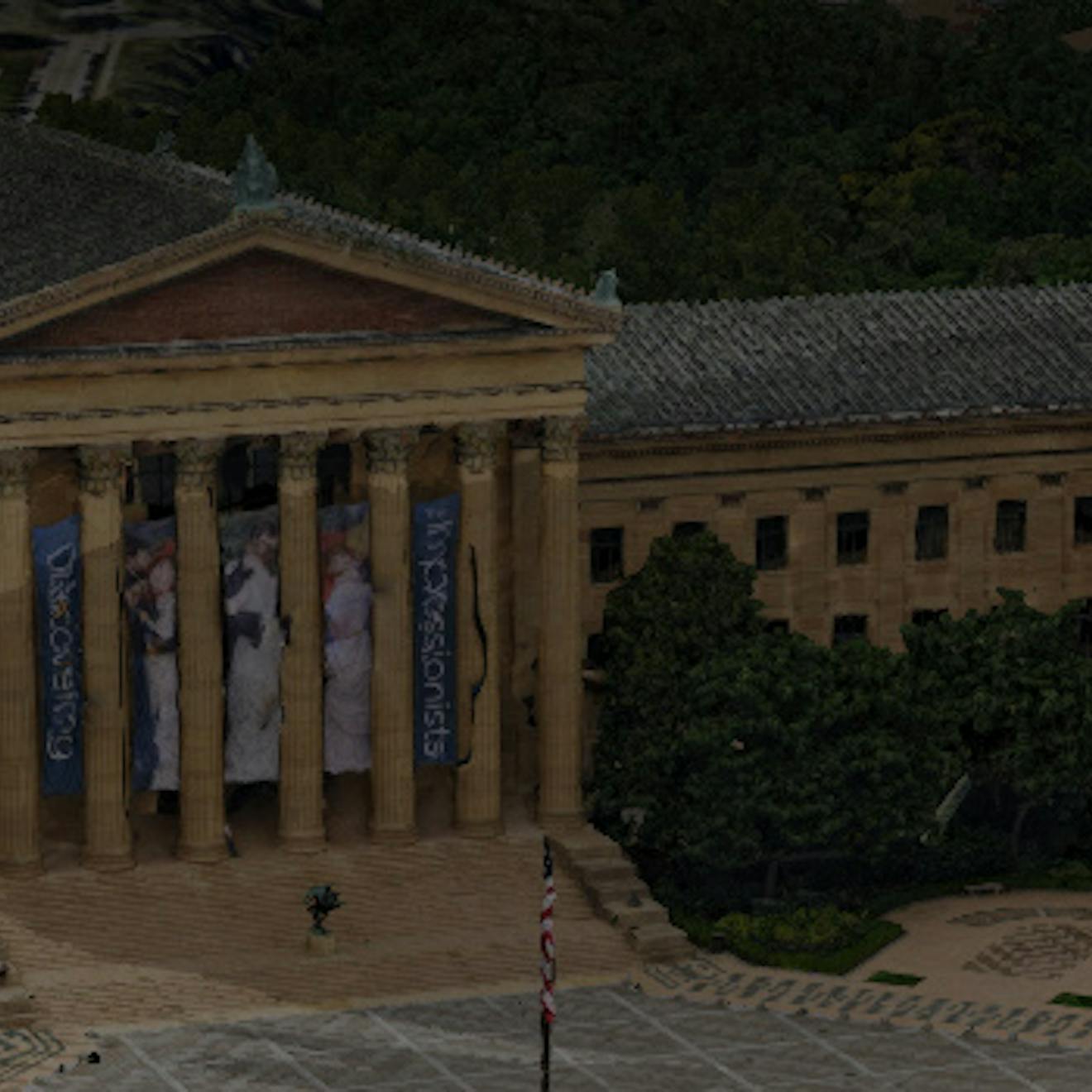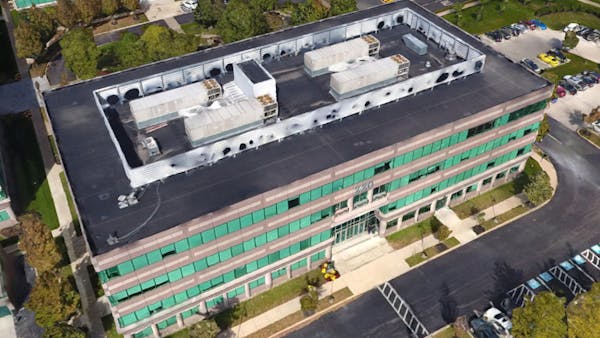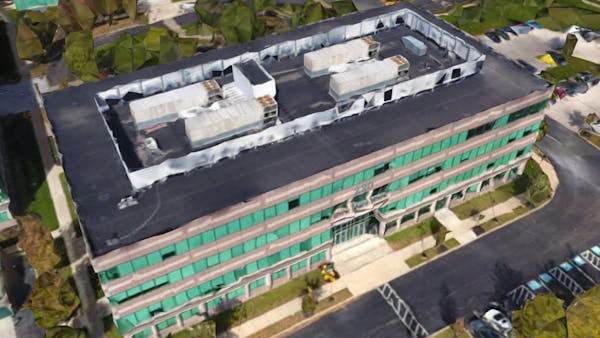High performance
Supports production workflows for real-world data by handling upwards of half a billion triangles.

Cesium photogrammetry tiling is built for performance, and the output is optimized for visual quality and precision. In viewers like CesiumJS, Cesium's tiling enables a smooth, fast experience by taking advantage of the full potential of 3D Tiles.
Supports production workflows for real-world data by handling upwards of half a billion triangles.
Detects optimal configuration settings. Gracefully reacts to faulty data, including degenerate triangles, outliers, and out-of-bounds texture coordinates.
Just upload your data and point your apps at Cesium ion. Also available for self-hosted deployment.
Support for standard formats including COLLADA (.dae) and Wavefront OBJ (.obj)

Compare the full resolution tile with ~120k triangles and the lower resolution tile with ~10k triangles. Texture data was reduced by 85%.

Compare the full resolution tile with ~120k triangles and the lower resolution tile with ~10k triangles. Texture data was reduced by 85%.
The photogrammetry tiler preserves the fidelity of all source data. It generates intermediate levels of detail (LODs) for geometry and textures that accurately approximate the original data for efficient streaming. The result is city-scale models that load in seconds instead of minutes.
The produced tileset includes a precise geometric error that allows viewers like CesiumJS and Cesium for Unreal to dynamically show the right level of detail at any given view.

Adaptive tiling produces tilesets that are optimized for the web.
The photogrammetry tiler produces optimized tilesets for both sparse landscapes and densely packed cities. Models spread across numerous files can be stitched together seamlessly with unified textures.
The subdivision algorithm adapts to the given input data so tiles are balanced in terms of geometry and texture data. Getting this balance right is what allows CesiumJS to stream tiles quickly without overloading memory and GPU resources.
Google's Draco compression is 3D topology-aware and reduces geometry sizes by up to 90% without compromising visual quality, performing better than general-purpose algorithms like Gzip.
Decoding in CesiumJS is fast with WebAssembly and decoding in parallel on the CPU and GPU.
Learn more about Draco compression in Cesium
WebP images are on average 30% smaller in size than JPEG and PNG images of the same quality—even with transparency.
WebP is the image format designed by Google for the web and is ideal for most modern browsers.
If your enterprise deployment requires the 3D Tiling Pipeline in your environment, let's talk.